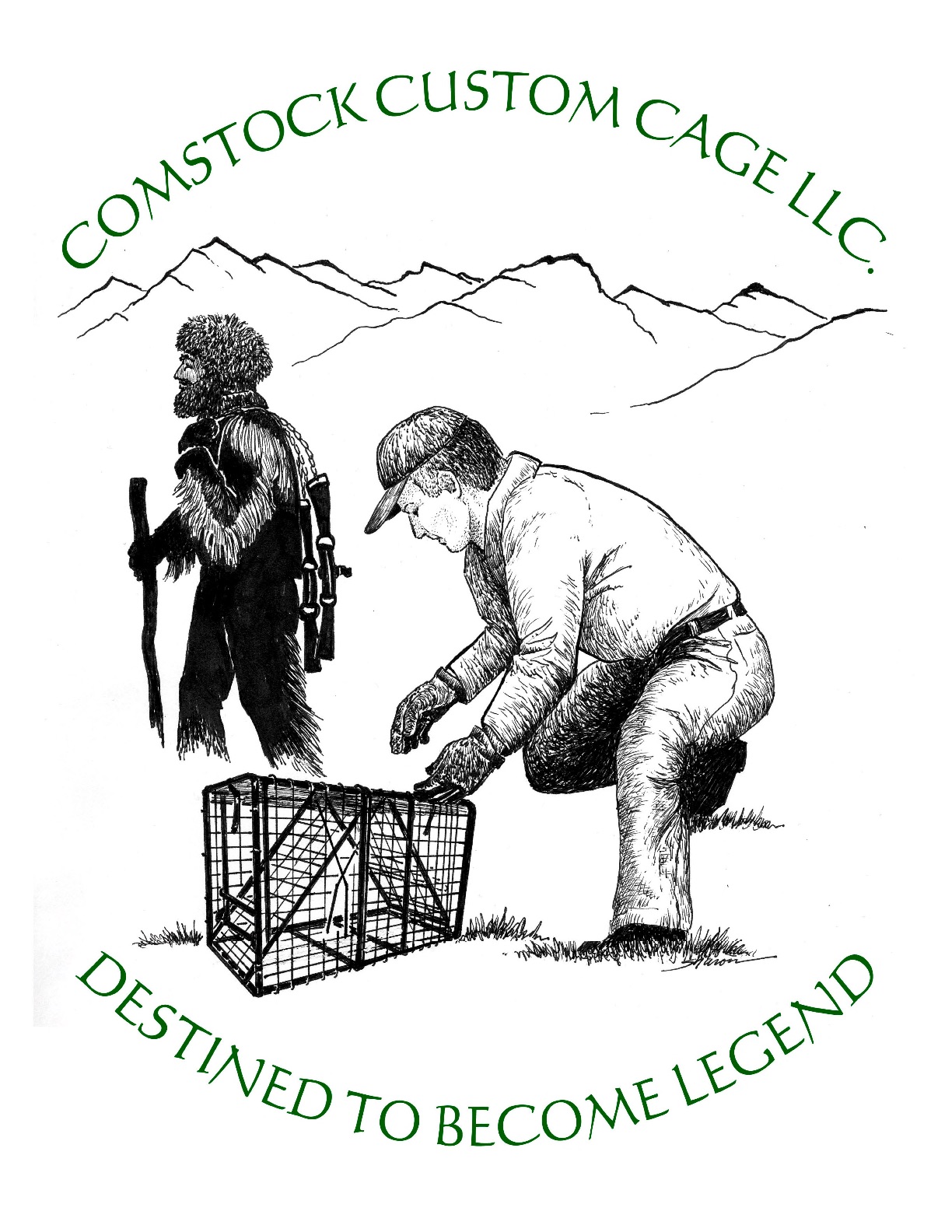The first time you see a skunk during the day, in February, traveling through snow drifts, you might think that he was diseased, rabies or something. However, skunks in the north begin breeding in mid to late February, males going from female to female with a few to many males visiting each. Breeding will last at least a few weeks. It is during that time that people notice them because they often den up under a crawl space or porch, spray and become noticed.
The fix is a simple one, double door traps with nose cones. We use the short 9x11x18 double door traps with great success in positive sets at den sites. The den site will be obvious, a smoothed, dished out area at the foundation will show the entry point. Dirty snow and a trail leading away from the site tells the story. Traps can be placed at the den with a nose cone. A quick set, simply place the trap opposite the den, squarely in front of it. The traps may also be placed at 90 degrees to the den, sideways if necessary. Place the nose cone over the trap, connecting the trap to the den, done.
Traps may also be set in trails coming into the den. By making a narrow tunnel in the snow you can merely drop in a double door trap with a nose cone covering the trap. When the catch is made at the den site or trail the cover will keep the skunk from spraying. Talk quietly and move slowly. Loud and fast will be answered in a stream of yellow. Carry the trap with one hand on each end at the top with the open ends away from sight. If they don’t see you, they will not spray. Spraying is the last thing they want to do because after that there is little defense.
Having multiple sets at a den site will make the job go faster. Also, we have a multipurpose trap with a built in nose cone. This works exactly the same as a trap with separate nose cone. With two effective ways to accomplish the goal, it just becomes a question of personal preference.
Also, we have double door swing panel traps that work like the squirrel traps, with internal doors. With internal flush mound doors you can sometimes butt them up against a den site without the use of a nose cone. It is a good practice to cover skunk traps when you set them, so that captured skunks do not become agitated. Yes, you can cover them with a sheet, carefully and slowly. Plastic tarps make a lot of noise and can cause a skunk to spray.
The swing panel traps look like a colony trap with doors that close on the inside. These less expensive traps come in 6x8x30, 7x7x32 and 8x10x36. The largest will take feral cats and rabbits. Remember all of these traps will work sides too, so that the rectangular traps essentially are a two sized trap.
If you do get sprayed, don’t worry. The few short months you will stink will pass quickly.





